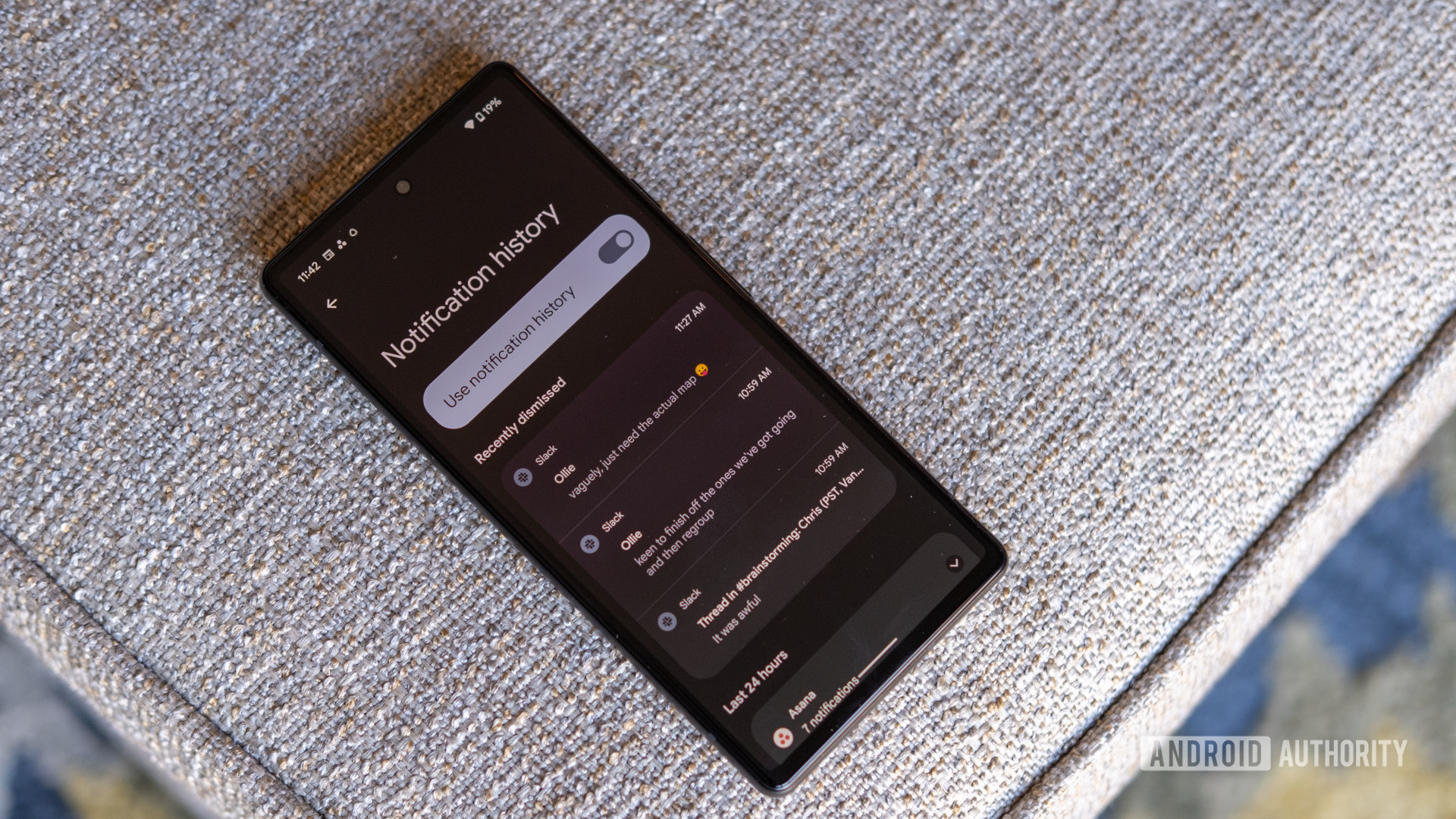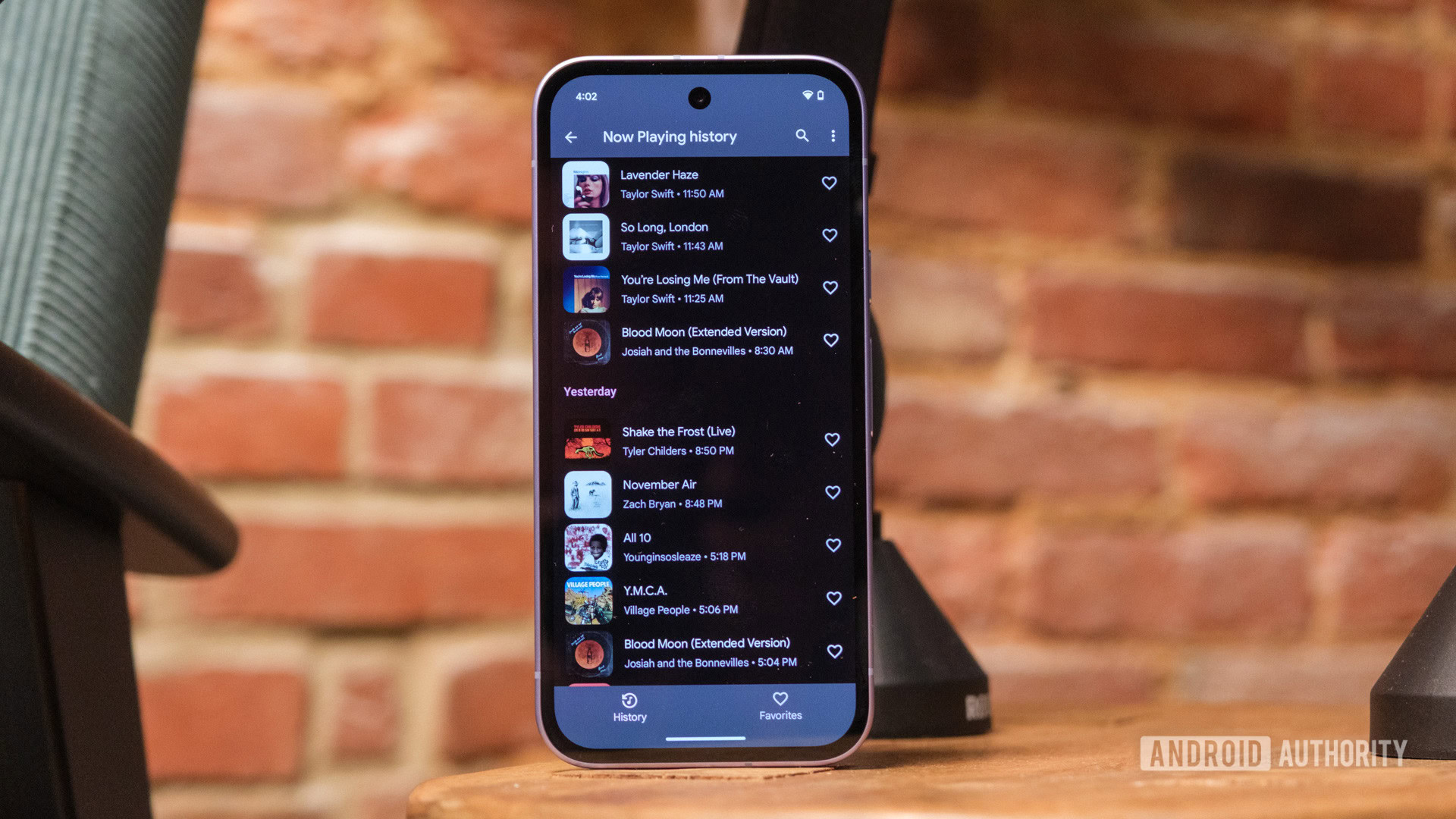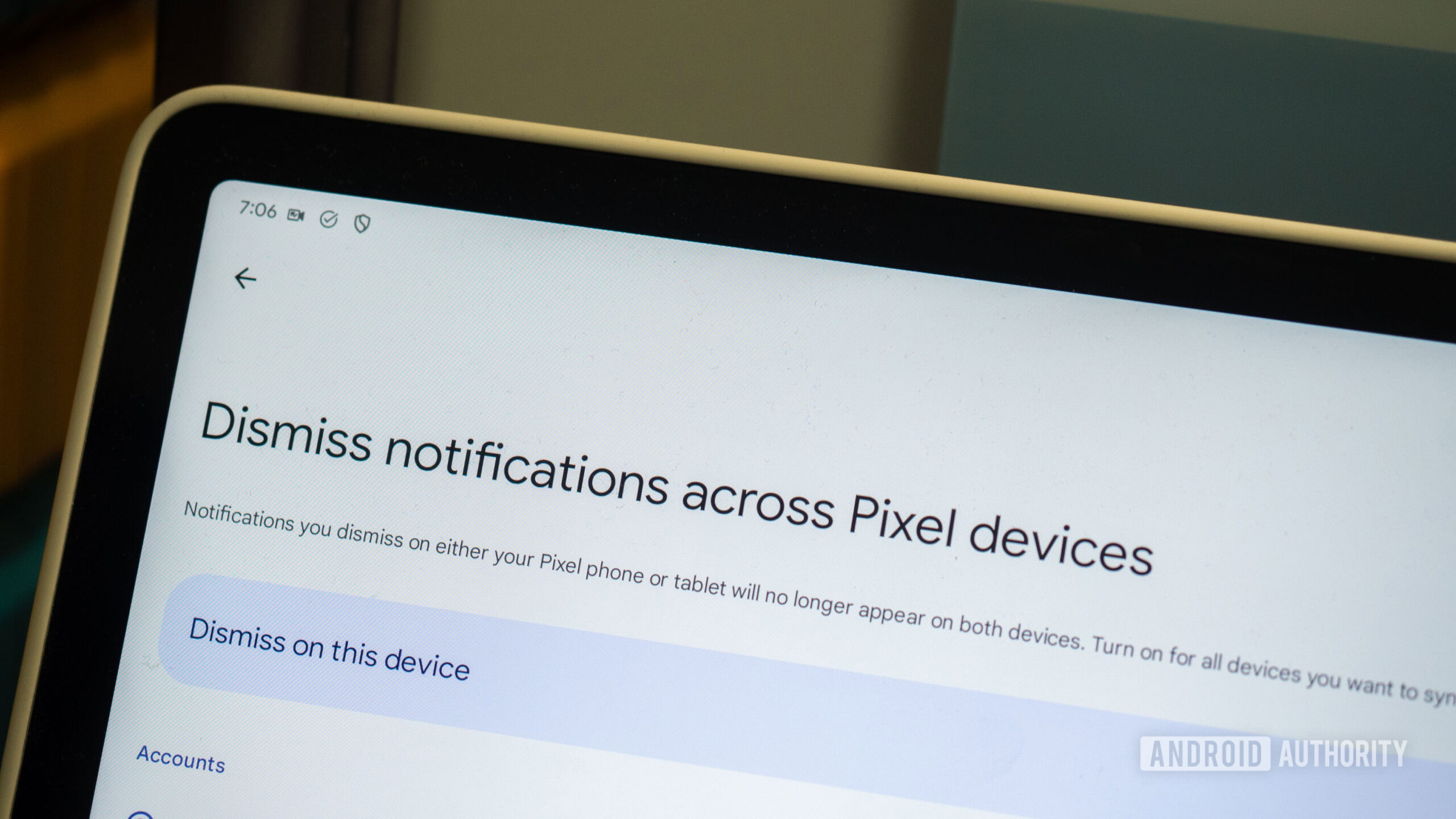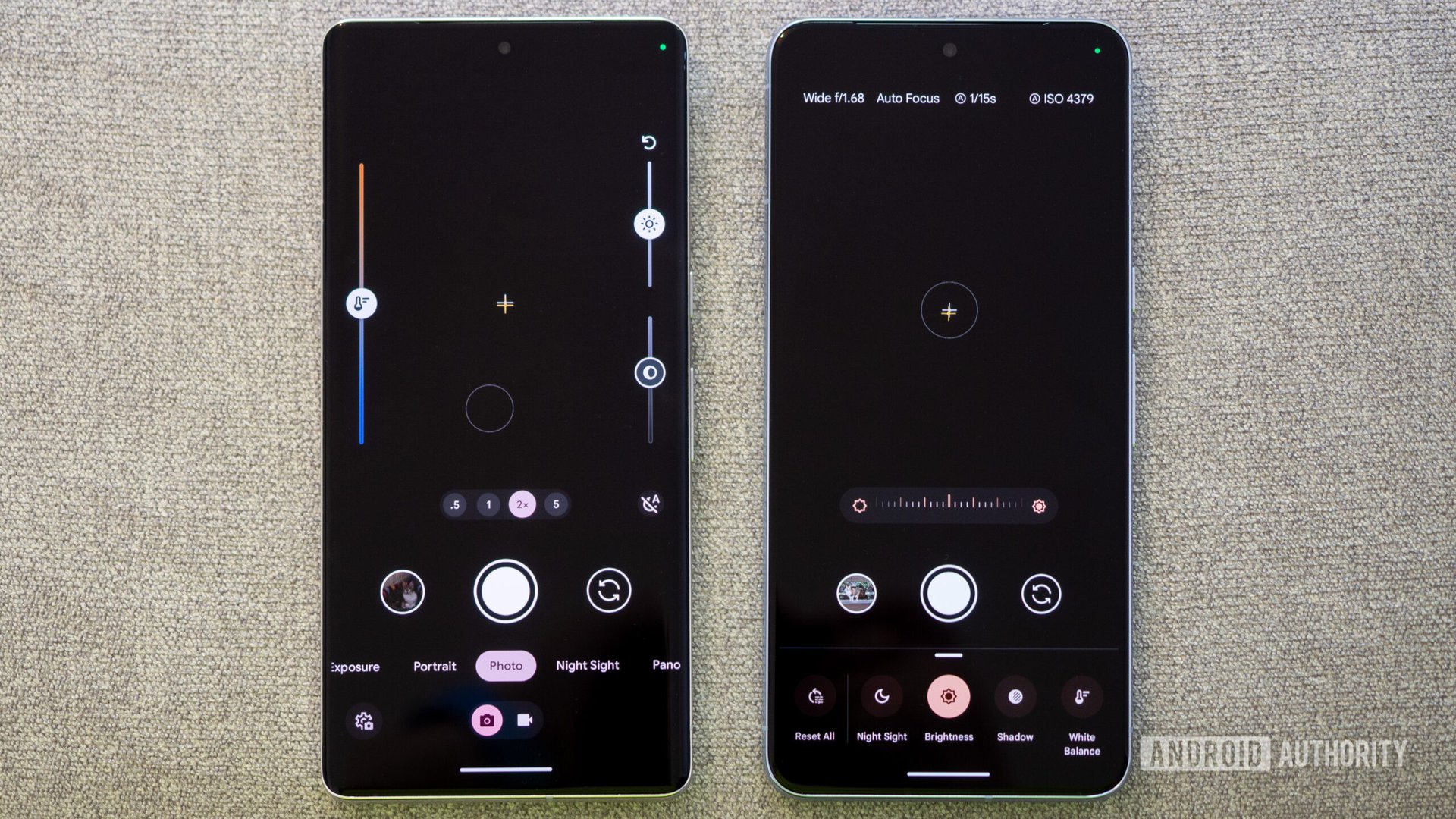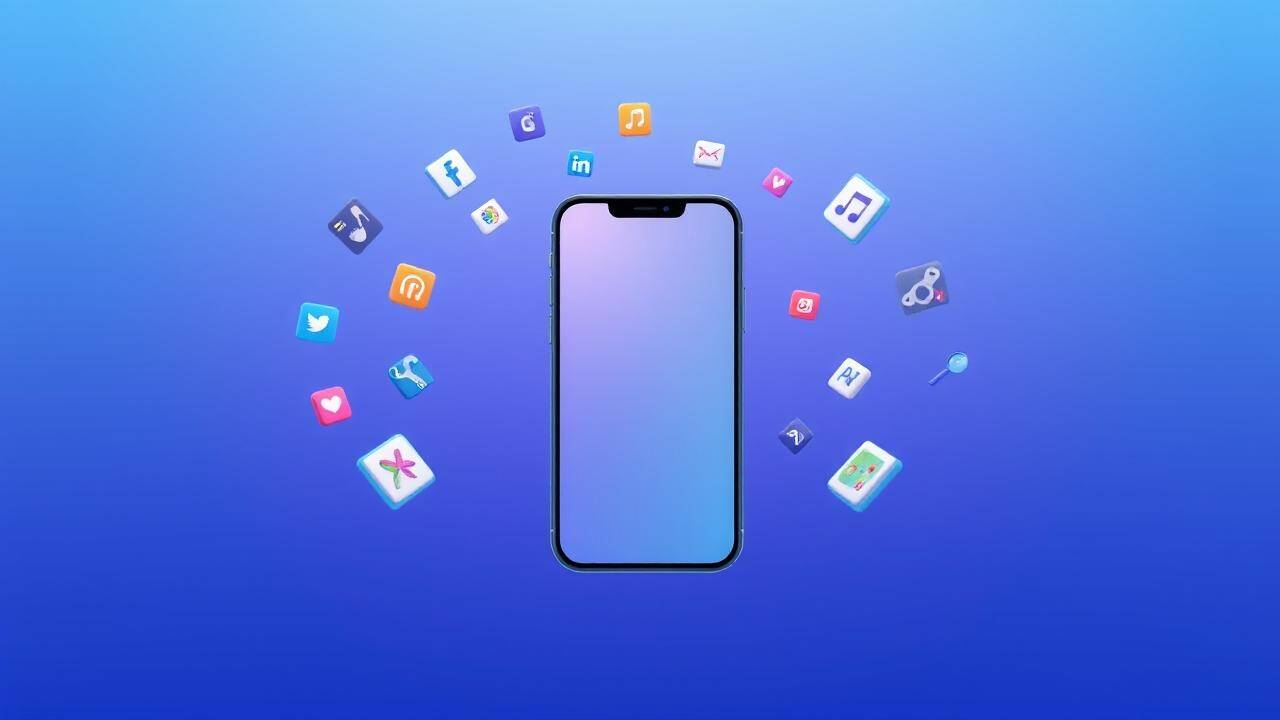

Follow ZDNET: Add us as a preferred source on Google.
I’ve spent large portions of my life looking for ways to extend the battery life on my Android phones. Admittedly, that sounds rather dramatic, but growing up with only budget models meant I was constantly tweaking device settings to squeeze every bit of juice out of their batteries.
Thanks to this micromanaging, I successfully pushed the batteries on all my past smartphones to their absolute limit. I don’t want to hoard this knowledge to myself, so I’ve decided to share it with everyone.
Also: The best Android phones to buy in 2025
There are many different methods for saving battery life. However, there are 12 key settings that you can change right now to see improvements immediately. The following list highlights the most effective, easiest, and quickest tweaks to improve device longevity regardless of the Android phone you’re rocking, whether it’s the latest model from Samsung or a fancy Google Pixel. Plus, you won’t have to sacrifice the high-quality experience of using your phone.
Although the power settings are practically the same on every Android phone you can buy, the process for adjusting them can vary between devices. Be sure to keep this factor in mind when following the steps I lay out because the approach might be slightly different depending on the model you’re using.
1. Turn off the always-on display
One of the biggest battery drainers for any smartphone is the always-on display. Companies regularly tell you that this display setting only drains about 1% to 2% an hour, but let’s be honest — it’s always way more. It may be nice to glance at your phone while it sits on a table to check the time, but it’s probably not worth sacrificing battery life.
Also: How to factory reset your Android phone without unlocking it first
How to: Open the Settings app and locate the Lock Screen portion. You’ll likely find this portion in the main Settings list or under “Display.” From there, locate the option to “always show info” or a simple toggle to enable the Always On Display. Either way, turn the option off and check to make sure your screen goes completely blank when you lock it.
2. Enable Adaptive Battery
There’s a handy feature built into Androids called Adaptive Battery, and it’s available on most devices. Adaptive Battery can automatically manage your phone’s performance and efficiency in the background using special processes to extend your battery life. For example, when you don’t need maximum performance for something simple like scrolling through your inbox, the setting will throttle things down and save you some juice.
How to: Go to Settings > Battery > Adaptive preferences and check to ensure “Adaptive battery” is enabled. If it’s not, flick it on.
3. Activate Battery Saver
Alongside Adaptive Battery, Battery Saver mode is another helpful feature that can extend the longevity of your smartphone between charges. The feature makes sweeping changes across your device’s software, like limiting visual effects, restricting apps in the background, and turning on dark mode if it isn’t already on.
Also: I never travel without these universal chargers – and they can power laptops
Pixel phones take this effort further by having an Extreme Battery Saver, which deactivates more features and pauses most apps. However, because this option greatly restricts an Android phone’s performance, I recommend only using Extreme Battery Saver when it’s absolutely necessary, such as when the phone’s charge is in the single digits.
Most, if not all, Android phones possess a Battery Saver function, although they may have different names. On Galaxy phones, for example, it’s called Power Saving mode. Others may refer to it as low-power mode. Be sure to visit your phone manufacturer’s support website for help on your model.
How to: On Pixel phones, go to Settings > Battery > Battery Saver. You can also choose a schedule for when the feature will activate or turn off automatically. On Galaxy phones, go to Settings > Battery and Device Care > Battery. Flip the toggle switch next to Power Saving to activate the feature.
4. Switch to dark mode
Over the past few years, many midrange and budget Android phones have followed their flagship brethren by adopting OLED displays. The technology allows individual pixels to dim or completely shut off when not in use. This feature is far more beneficial for battery life than traditional LCD screens with one big backlight. By switching to your phone’s dark theme, those pixels will be dimmer far more often and, in turn, save some juice.
Also: The best power banks you can buy in 2025: Expert tested and reviewed
How to: Go to Settings > Display on your Android phone. There, you’ll find the option to switch between a light and dark theme and to have dark mode turn on automatically at a certain time of day. I recommend keeping dark mode turned on all the time to maximize battery life.
5. Adjust your display brightness and sleep time
It’s common knowledge that cranking down your display’s brightness can help save battery usage, but it’s worth repeating. Modern phones have plenty of brightness, and it’s sometimes unnecessary to have the brightness level so high when you’re only scrolling Instagram or checking your email.
Also, it’s important to shorten the time it takes for your phone to go to sleep. Users often set the sleep timer to a minute or more, which can drain your battery when you aren’t using your phone, and set it down on a table without locking it. Make these two adjustments, and you’ll be on the path to a better battery life.
How to: Swipe down once or twice from the top of your phone’s display to visit the quick settings menu. You’ll see a slider with a picture of a sun or other source of light next to it. Drag the slider to the left to decrease your brightness. To reduce the time it takes for your phone to sleep, go to Settings > Display and change “Screen timeout” to anything below a minute.
6. Remove unused accounts
We’ve all done this at some point: you set up a new account for a social media app or email service (which you forget about) and then create another account that becomes your primary account for that service or platform. I’ve gone through this process numerous times.
If you set up accounts on your phone, all the old accounts remain, constantly refreshing and draining your battery life in the background. I highly recommend removing some old accounts from your smartphone sooner rather than later.
How to: Go to the Settings app and find the accounts section (on Samsung phones, it’s called “Accounts and backup,” while Pixel phones use “Passwords & accounts”). You’ll find a list of all the accounts synced to your phone. Tap on one of them and scroll down to the “Remove account” button. Tap it, and the account will disappear.
7. Turn off keyboard sounds and haptics
If you’re using your phone, chances are you’re typing on the keyboard pretty often, whether to post to social media or respond to your friend’s messages. If you have sound and haptic feedback enabled, your battery may suffer because your phone needs to make a series of vibrations and noises every time you tap a letter. Hearing and feeling the keyboard as you type is a nice experience, but it’s not ideal if you want to eke out some extra juice from a full charge.
Also: This keyboard case for my Android phone is the ultimate productivity tool – how it works
How to: Open the Settings app and locate “Language and input.” This section is where your keyboard settings live. Find the section where you get to choose your default keyboard, then tap the gear icon next to it to manage settings. If you’re a Gboard user (like most people), you’ll then go to Preferences > Keypress and disable “Sound on Keypress” and “Haptic feedback on Keypress.”
8. Reduce your notifications
You might not realize it, but notifications can be one of the biggest drainers of your phone’s battery life. Not only is your phone buzzing and ringing all day, but the apps themselves are constantly refreshing in the background, looking for new notifications to send your way. Most apps have ways of limiting the amount of notifications you get, but the easiest way to turn them off is through your phone’s Settings app.
Also: Why I prefer this rugged Samsung phone over flagship models (and it looks just as good)
How to: Go to Settings > Notifications > “App notifications” to see a list of all the apps installed on your phone. Next to each entry are toggles that, when flipped, will disable all notifications for that particular app.
9. Turn off “Hey Google” detection
If your phone is constantly listening for you to say, “Hey, Google,” chances are your battery is draining away. Your microphone is active, waiting to hear you say those two magic words that trigger the digital assistant, and it takes a fair amount of energy to run that process all day. Disabling the feature is a no-brainer for anyone who doesn’t use the Assistant daily. And let’s be honest: how many of us use the assistant daily?
How to: Open the Google app on your phone and tap your profile picture in the top-right corner. Then, visit Settings > Google Assistant > Hey Google & Voice Match and flick off “Hey Google.” Now your phone will only trigger the Assistant if you hold down the power button or via another method.
10. Reduce your screen’s refresh rate
Phone screens have gotten really good over the past few years, thanks partly to the faster refresh rates manufacturers have implemented. Whether it’s 90Hz, 120Hz, or even faster, increasing the times a screen refreshes helps make animations, scrolling social media, and everyday interactions feel smoother and more responsive. Unfortunately, a high refresh rate also means increased battery usage — you might sometimes be better off disabling the feature.
Also: I changed 8 settings on my Pixel phone to significantly improve the battery life
How to: Open the Settings app and navigate to the Display section. Here, you’ll find the settings to configure your refresh rate. Most smartphones call the feature something different; Google labels it “Smooth Display,” while Samsung calls it “Motion smoothness.” Find the setting associated with the refresh rate and revert to the standard rate. Your screen will likely seem a bit choppier as a result, but that’s completely normal. It simply means it’s operating at 60Hz, the speed at which even the best phones used to run a few years ago.
11. Turn off the wireless features you aren’t using
I’ve never been a proponent of turning off wireless features, such as Wi-Fi, Bluetooth, or location services, to save a phone’s battery life. So many apps and services rely on those connections that your Android experience can diminish quickly. However, if you don’t use anything that needs Bluetooth or don’t use your phone for GPS, it might be worth disabling some of these features to extend your battery life.
Also: I changed 10 settings on my Pixel phone for an instant performance boost
How to: On practically every Android phone, you can swipe down once or twice from the top to access quick settings. Here, you’ll find icons for Wi-Fi, Bluetooth, location, airplane mode, and more. Touch them once to turn them off, and touch them again to turn them back on. You can also control all these settings through the Settings app, although Quick Settings is the easiest way to access them.
12. Use low-power mode
Low-power mode can slightly differ from Android phone to Android phone, but the general premise remains the same. This mode disables some features in the background, limits how often apps are refreshed, lowers your screen brightness, reduces the refresh rate, and more to save battery life in a pinch.
How to: There are several ways to enable low-power mode on your Android phone, but the most common is swiping down twice from the top of your screen to get to quick settings and then tapping the battery shortcut. The shortcut should look like a battery with a plus sign or something similar. You’ll then get notified that low-power mode (or whatever it’s called on your phone) has been enabled. You can follow the same steps to disable this mode.

Source link Read More







